9 Nov 2008
0 CommentsDigital Policy #4: Reversing Canada’s Dismal State of Mobile Regulation
“Permanent connectivity, not motion, is the critical thing” Manuel Castells, Annenberg School for Communication
It is safe to say that mobile regulation in Canada represents a huge opportunity as the foundation for much of our future economic prosperity. It is ironic that such a geographically dispersed country, once the world leader in telecommunications through to the early 1980’s, should abandon what should be a natural competitive advantage.
Why Did the Internet Succeed?
One might expect that the mobile world would replay the software revolution dominated by Microsoft and the Internet/Web revolution of the 1990’s. Unfortunately, the mobile world is too closed for that replay to happen and, to understand why, it is instructive to look back in time.
The opportunity to create the modern software industry, separate from the then dominant computer hardware industry, emerged because of an IBM Consent Decree first concluded in 1956 and strengthened by increasing anti-trust action through the 1970’s. This regulatory action ensured that IBM, although dominating the computer industry, had to publish open specifications for their hardware and price software separately from hardware. Thus, in some measure through appropriate government regulation, the modern unbundled software industry was created. The 1975 founding of Microsoft by Bill Gates can be directly traced to this mandated constraint on IBM’s market dominance.
At almost the same time, starting in 1969, the US Defense Advanced Research Projects Agency (DARPA), in the midst of the cold war, funded a project to build a redundant communications infrastructure that could withstand a nuclear attack on its switching systems and continue to operate. Ironically, for an organization better known for strong “command and control” management, the modern internet that emerged from this project was endorsed by both academia and the military and, counter-intuitively, built in a relatively unstructured manner with completely open standards and operating culture. This was in stark contrast to the highly structured, and hence relatively inflexible, circuit switched telephony system of the day, managed by the monopoly “One Bell System”.
As a result of this, we’ve come to expect and rely on a software and internet ecosystem that is competitive, open and which, as a result, has grown explosively and discovered seemingly boundless new applications.
Mobile Regulation is a Very Different Story
With hindsight, it is ironic that modern mobile telephony was first commercially launched in the United States, with the first AMPS cell phone service in Chicago. However, it is notable that by the 1990’s Europe had regained the lead, partly through good regulation, especially in comparison to the US approach. Being a late entrant to the mobile revolution, regulators in Europe mandated the new GSM (Global System for Mobile) standard be used by all competing mobile operators. The United States, by contrast, under the tutelage of the Federal Communications Commission (FCC) carved the US into about 80 separate regions and didn’t mandate a single standard, ensuring market fragmentation.
As a result, the US mobile industry had to expend tremendous energy and capital to consolidate regional players simply to provide the national mobile service footprint customers demanded. And the competing GSM and CDMA standards (not to mention the persistence of legacy DAMPS) kept the markets fragmented in the US, and by extension also in Canada. As a result, simple things like interoperability of SMS between carriers arrived at least 5 years later in US and Canada than in Europe. Until very recently, North American mobile innovation has lagged much of the world, notably including many developing countries.
Furthermore, the lack of an open environment to develop mobile applications stifled the creation of the vibrant startup ecosystem that the software and web revolutions witnessed. Last year’s victory of “Open Access” provisions for the 700 MHz (the former analogue television broadcast) spectrum in the US, was a great example of forward thinking regulation by the FCC, albeit with much prodding by Google. Regulatory leadership is critical because the incumbent carriers, although they aspire to be more than “pipes” for data, have over the last decade made almost zero progress in building the mobile applications framework. And, it is even more important for mobile, because carriers are in effect stewards of the scarce radio spectrum upon which the mobile industry is built.
The GSM standard (and its 3G successors) is inherently open. Operators have tried to close the handset and interropability market through tactics like “SIM Locking” and exorbitant inter-carrier “roaming” charges. The European Union has, once again, taken leadership by crafting a regulatory framework that, in return for the right to use the public spectrum, levels the playing field by opening up each of these issues.
The Way Forward
Clearly, the US Federal Communications Commission is starting to recognize the importance of regulation in building an economically vital industry of the future. The Canadian Government and the Candian Radio-television and Telecommunications Commission (CRTC) need to show leadership in this area as well. The first step is understanding the issue. Greater engagement with experts and visionaries who represent the various industry and both business and consumer customers is vital to our future economic prosperity. Canada has the skills and ambition to be a major player in the new mobile internet revolution. Let’s ensure that government regulation is a competitive advantage and not the impediment to global leadership it is today.
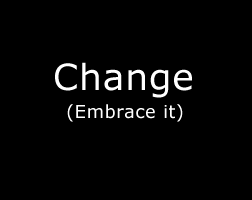

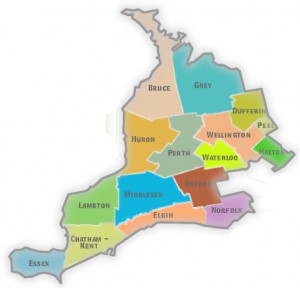
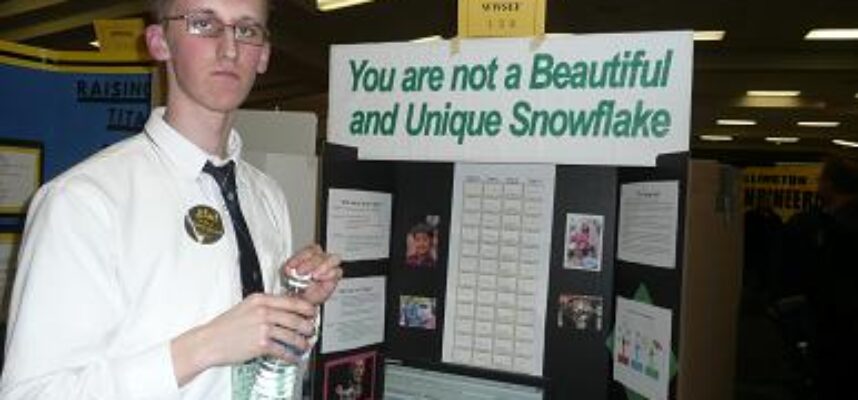
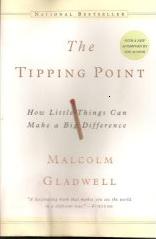 From that springboard, he became interested in the way fads and other changes propagate through society, especially illustrated by recent books like Malcolm Gladwell’s
From that springboard, he became interested in the way fads and other changes propagate through society, especially illustrated by recent books like Malcolm Gladwell’s 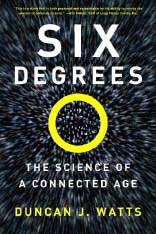 Now, let’s drill a bit deeper to understand why this is so important. Malcolm Gladwell is a (very persuasive) popularizer of complicated and transformational ideas. By contrast, Duncan Watts, associate professor of Sociology at Columbia University and author of the 2003 book
Now, let’s drill a bit deeper to understand why this is so important. Malcolm Gladwell is a (very persuasive) popularizer of complicated and transformational ideas. By contrast, Duncan Watts, associate professor of Sociology at Columbia University and author of the 2003 book
23 Nov 2008
0 CommentsCounter-cyclical Optimism
Is this a good time for startups? In the midst of the greatest financial turmoil in most people’s living memory and with several posts about the challenges of startup finance, it’s time to counter with an optimistic message about startups.
Perhaps I’m sanguine, having almost always raised capital against some of the worst macroeconomic cycles, such as the Asian Financial crisis in October 1995, the Quebec Referendum of 1997, not to mention the technology meltdown of 2000. In the end, although closed at less favourable valuations, the financings got done, proving to me that businesses can get built in the midst of even the toughest economic and market conditions.
These experiences taught me that perhaps the best time to launch a startup may well be in an economic downturn. As counter-intuitive as it may seem, it worked for well known companies like Skype, Google, Expedia and Apple’s iPod. Here’s why.
First of all, innovations which involve disruption to existing pricing models, are likely to be most successful during economic downturns. Businesses and consumers, looking for ways to reduce cash burn, are way more open to new ways that optimize their cash burn. Startups need to focus on this fact at such times.
Secondly, tough times mean less competitive pressure and marketing noise. With fewer over-financed competitors to deal with, getting noticed is easier and customer acquisition costs are significantly lower.
Mark Organ, founding CEO of Eloqua, tells of the challenges of raising his first angel round in April 2000, during the tech meltdown. Closing that round was discouragingly difficult. That being said, by making small, measured investments around a fine tuned strategy leveraged by working with SalesForce.com, he and his team, built the business during very difficult times for software businesses.
In the end, most entrepreneurs are have strong passion for what they do. They are accustomed to swimming upstream and being considered contrarians. And, as we’ve shown, many times such contrary times are the best launching innovative startups.